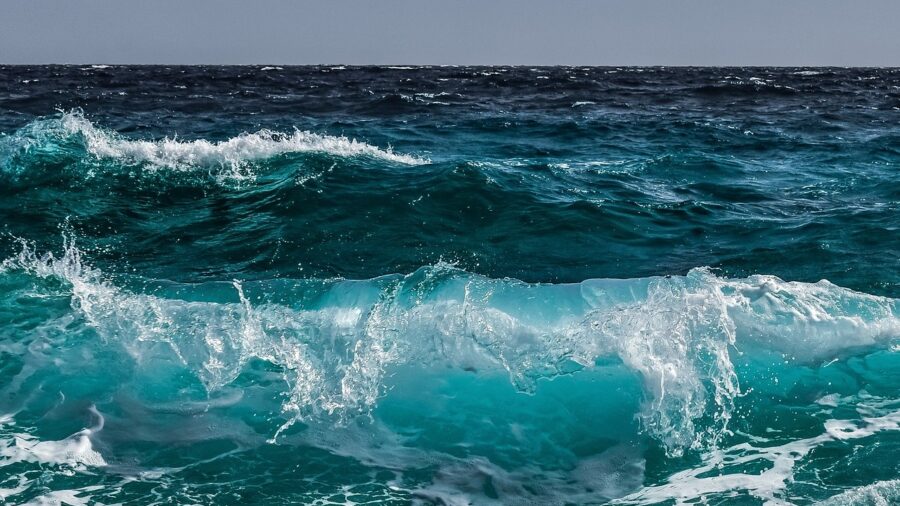Extreme Ocean Temperature Drop Puzzling Scientists

Scientists are still trying to figure out why the ocean temperature of a large strip of the Atlantic Ocean suddenly started cooling at record speeds earlier this summer. While the region is slowly warming back up to normal temperatures, trying to determine the reason is an ongoing effort. The region does have warm and cold phases in an ongoing cycle every few years, but the rate has never been this fast.
Around The Equator

The particular stretch of ocean that experienced this rapid drop in temperature is located several degrees north and south of the equator, and the rapid cooling started in early June, right after the region reached the warmest surface temperature in over 40 years.
Michael McPhaden, a senior scientist with the National Oceanic and Atmospheric Administration (NOAA), said, “We are still scratching our heads as to what’s actually happening,” adding, “It could be some transient feature that has developed from processes that we don’t quite understand.” It’s certainly a mystery, and it’ll be interesting to see if the scientists tracking the event can solve it.
From A High To A Sudden Drop

The ocean temperature of the region in February and March reached temperatures of over 86 degrees Fahrenheit before the cold spell hit. When the June cold patch occurred, it went from these lofty temperatures to 77 degrees Fahrenheit in just a month. Other than being a strange and unprecedented occurrence, the cooling could also have an effect on climate patterns.
Nina And La Nina

Forecasts found that the ocean temperature drop may lead to an Atlantic Nina developing, which is a climate pattern that can cause increased rainfall over western Africa and decreased rainfall in northeastern Brazil. This hasn’t occurred since 2013, and the event would have been officially declared if the cold pattern continued until the end of August. While the Atlantic Nina isn’t as powerful as the Pacific’s La Nina, it would still be a relatively rare event.
As mentioned, the ocean temperature in the cold pocket has been increasing, and Franz Tuchen, a postdoctoral research associate at the University, said that “the verdict is already quite certain that it’s not gonna be classified as Atlantic Nina.” While that event has been averted, there’s still the question of what exactly caused the cooling to happen. For now, there’s not a clear-cut answer.
Defying Expectations

Usually, when surface ocean temperature drops like this, stronger trade winds occur and drive the Nina patterns. However, the cold spell occurred alongside weaker winds along the equator, which Tuchen said is the “opposite” of what should happen if the winds were causing the cooling.
McPhaden also pointed out that strangely strong winds were developing west of the cold region in May, which could have started the cooling process, but said the winds “haven’t increased as much as the temperature has dropped.”
Humans Are Likely Not The Cause

To solve this puzzling ocean temperature drop, scientists have been modeling climate processes to try and explain the event. At this point, the models haven’t revealed anything, though they should hopefully reveal something in the coming months. At the very least, McPhaden feels that human-driven climate change likely isn’t the cause, saying, “I can’t rule it out,” adding, “But at first blush, this is just a natural variation of the climate system over the equatorial Atlantic.”
Along with the climate models, Tuchen, McPhaden, and other climate scientists are tracking the region with satellites, buoys, and various other tools. For now, we’ll have to wait and see what they find. Stay tuned, and we’ll keep you updated on ocean temperature and other science news.
Source: Live Science












